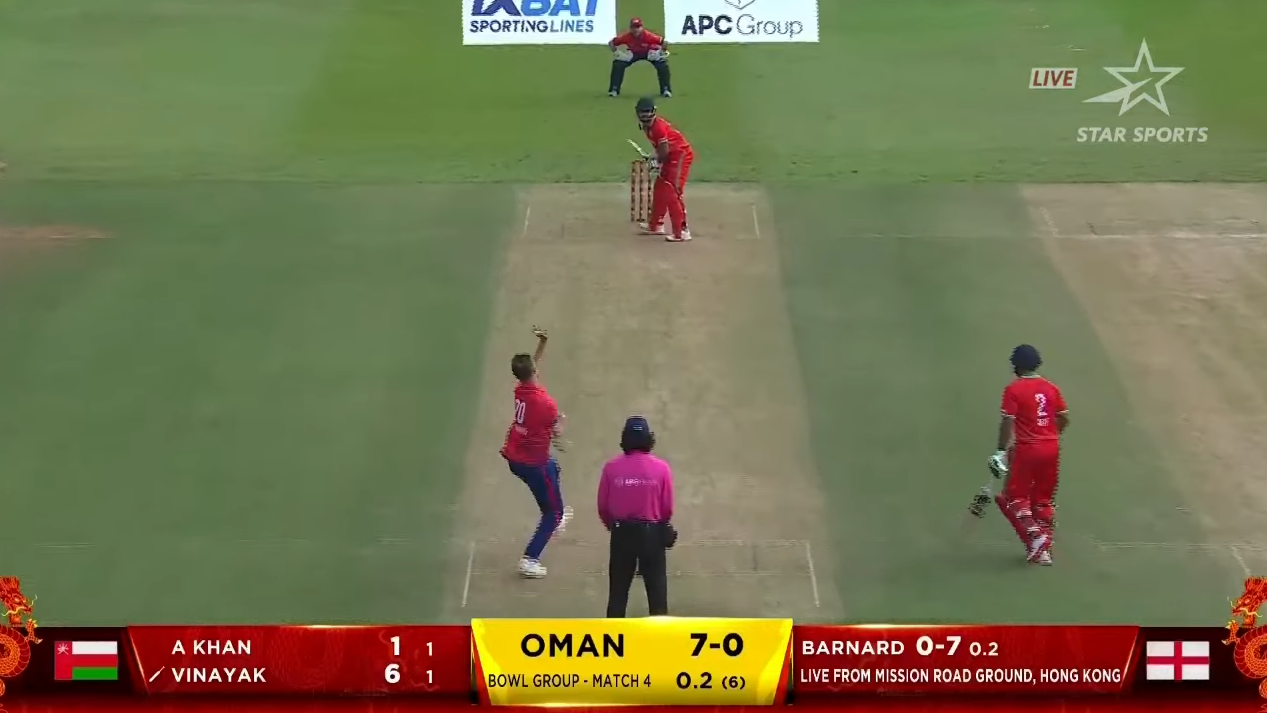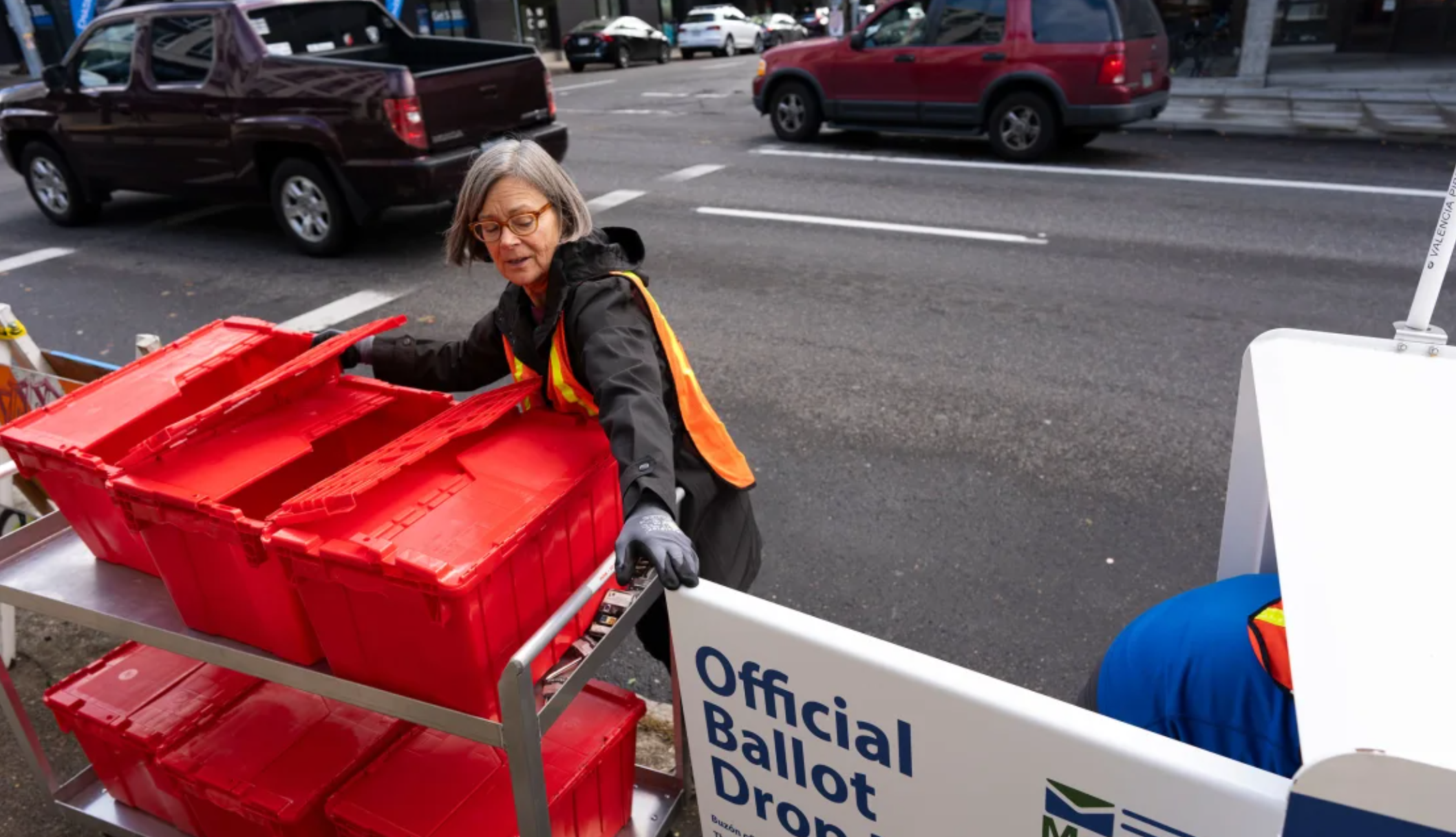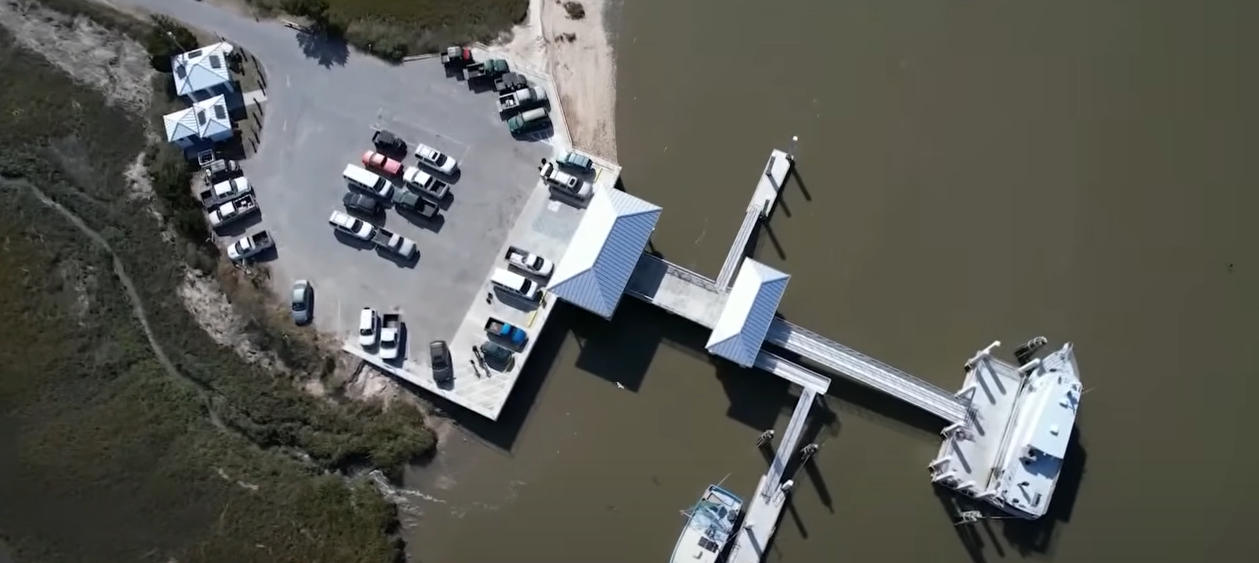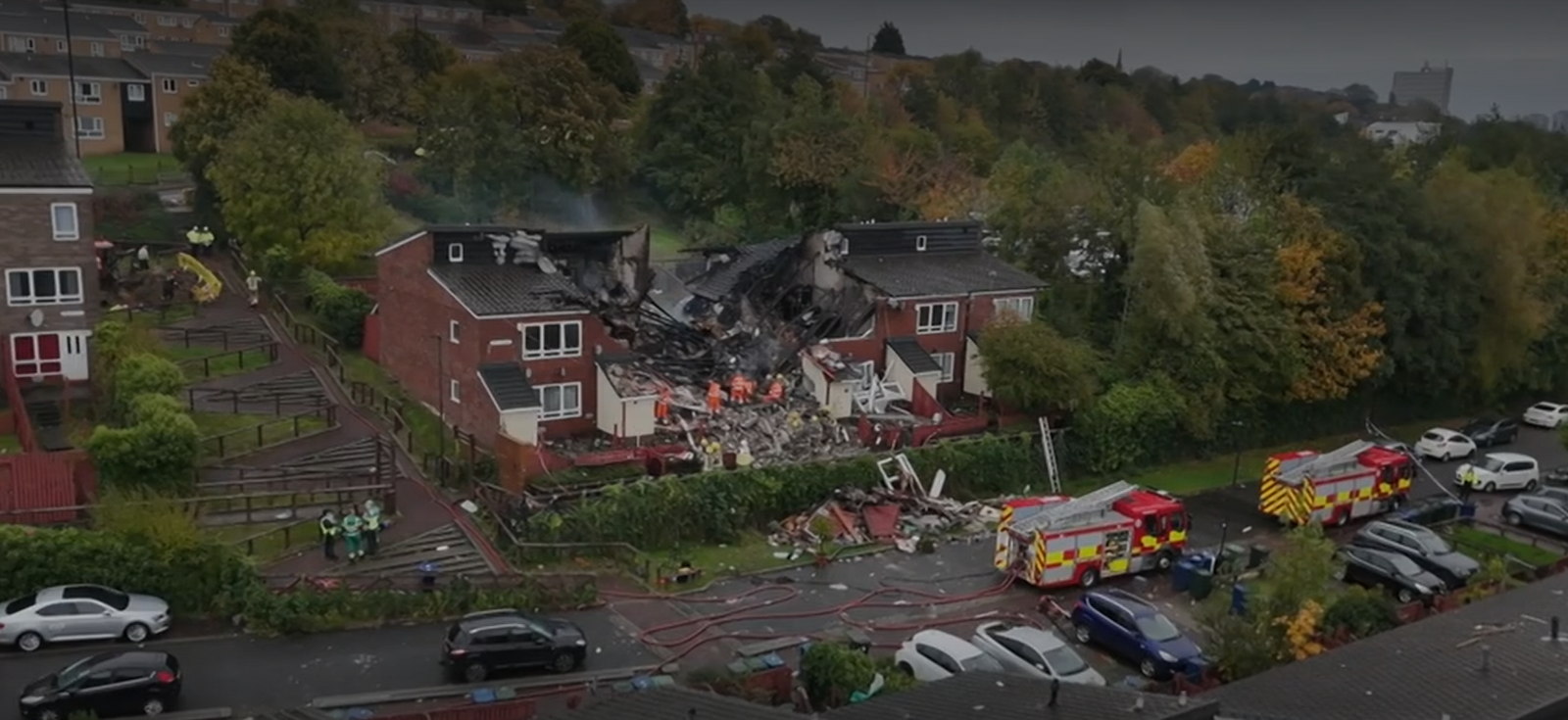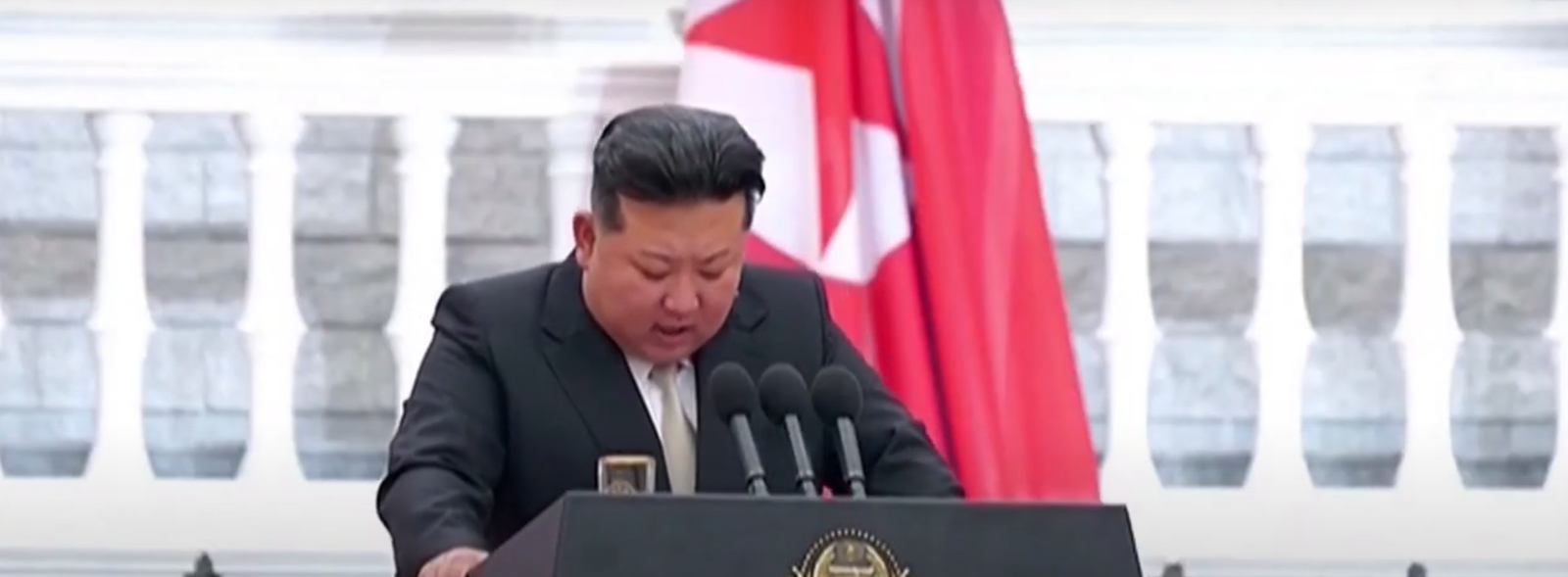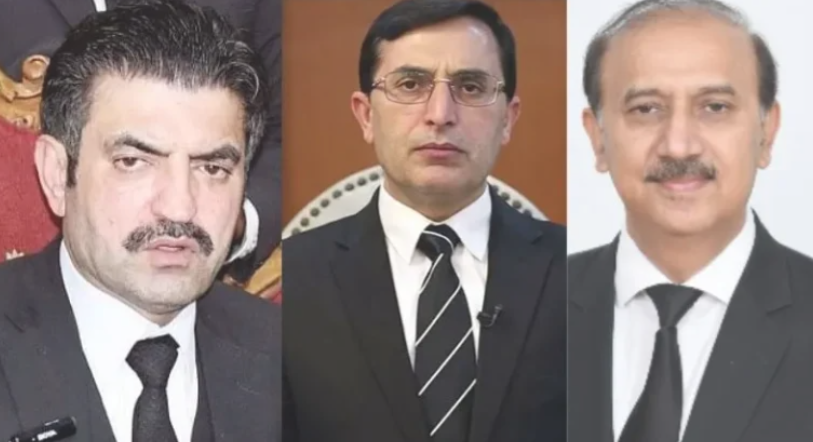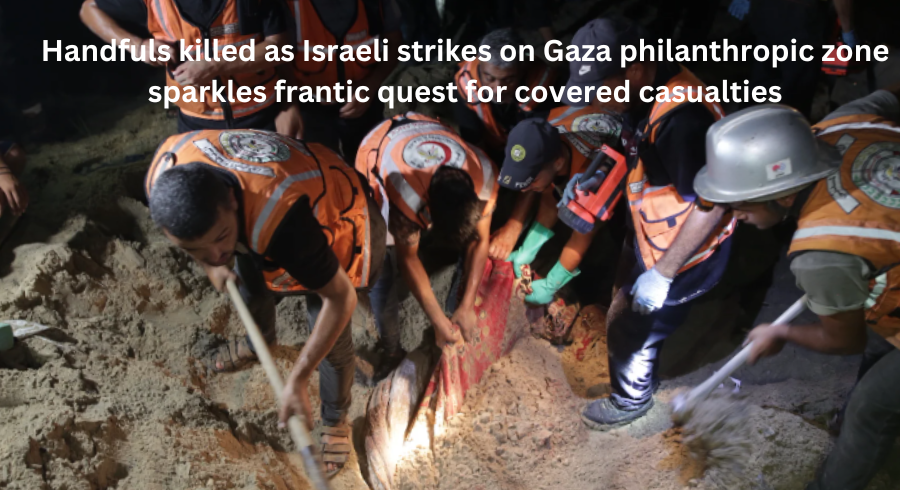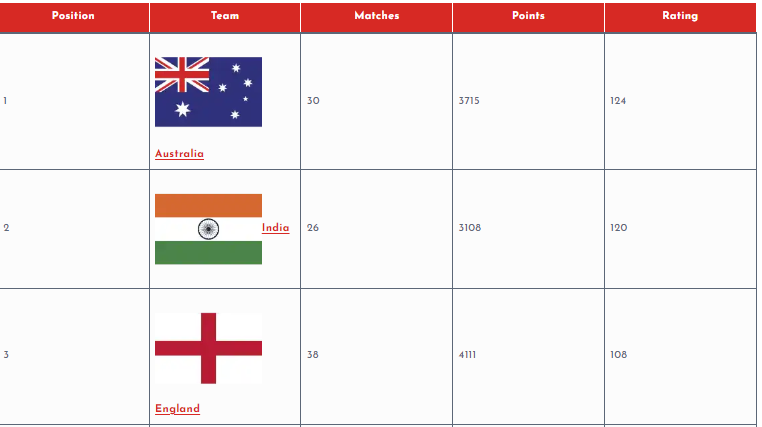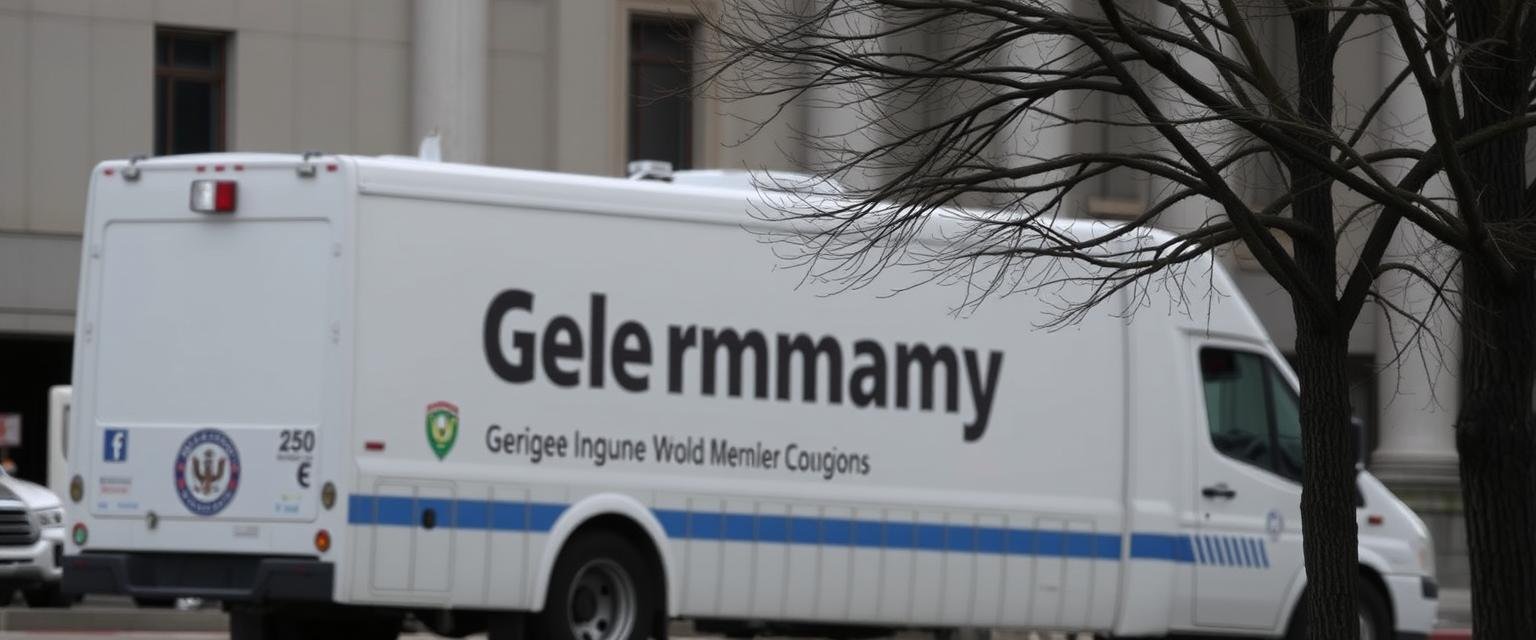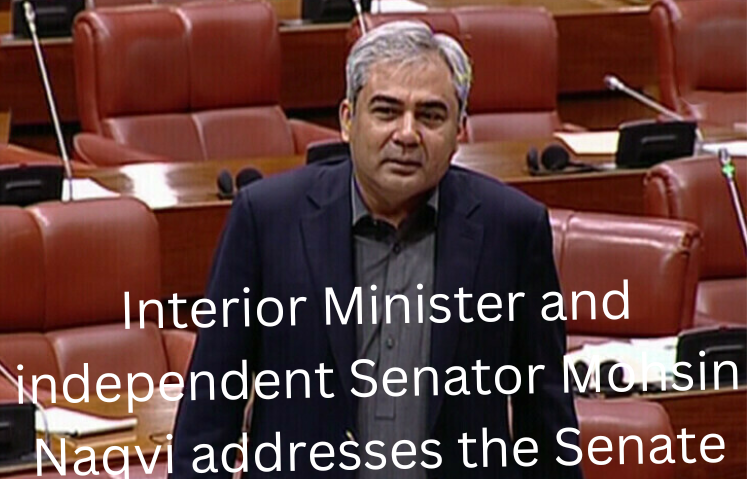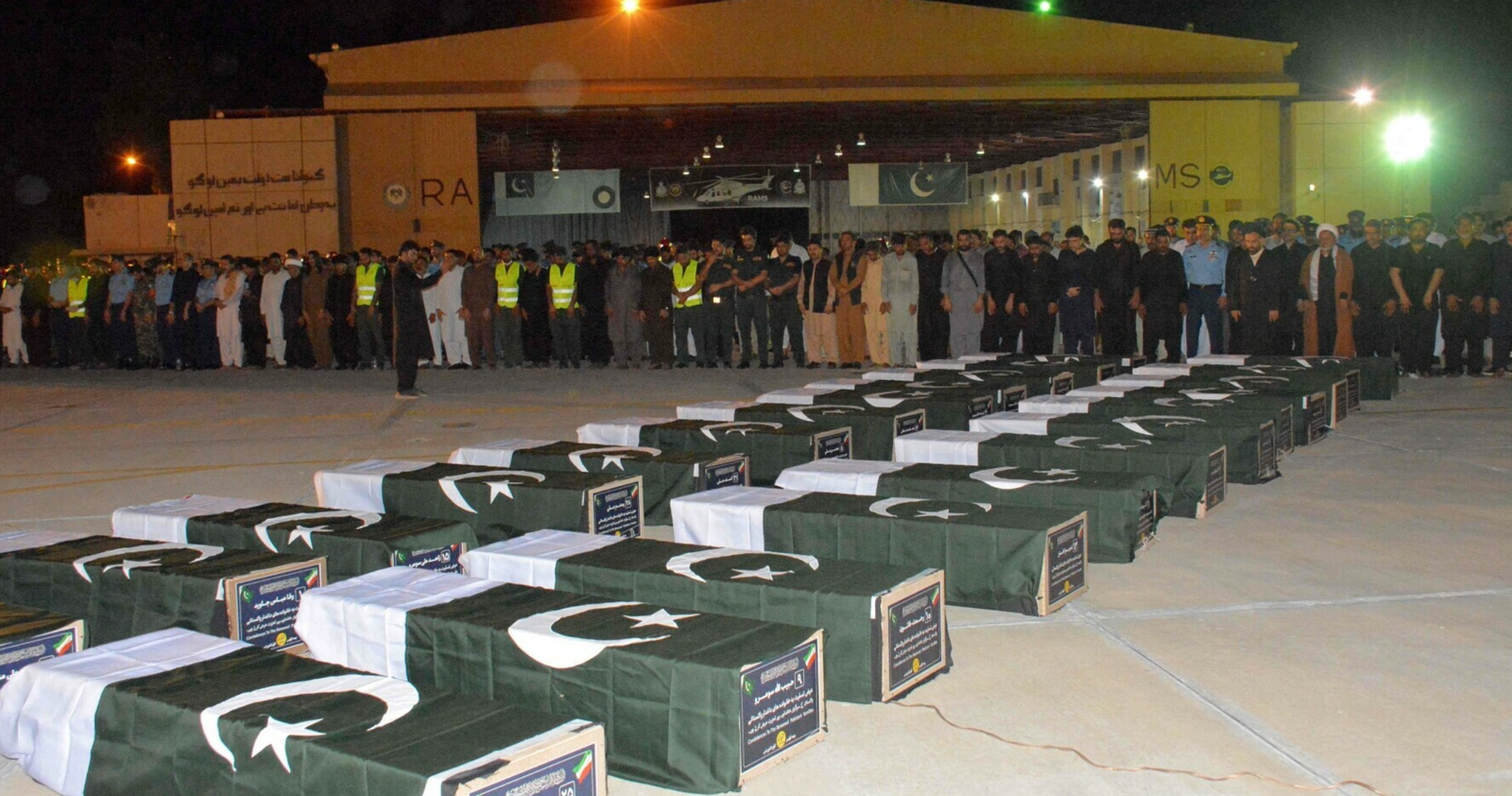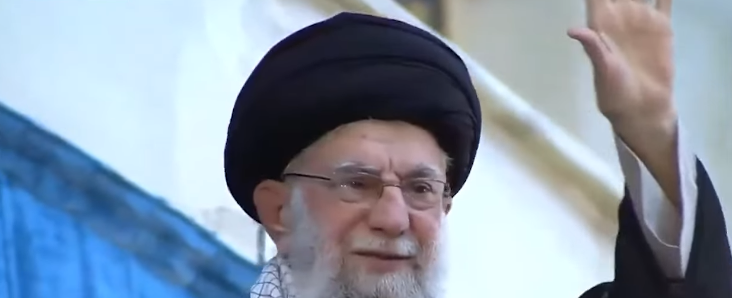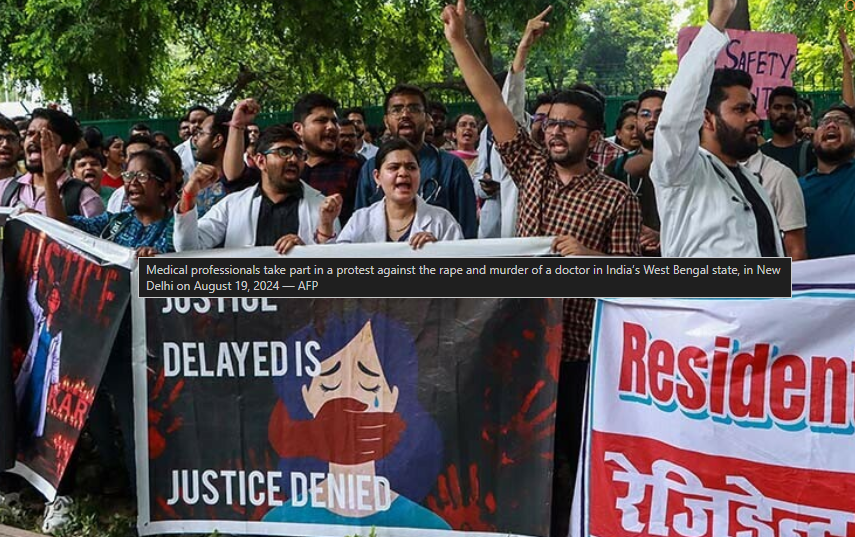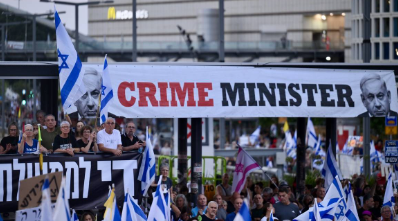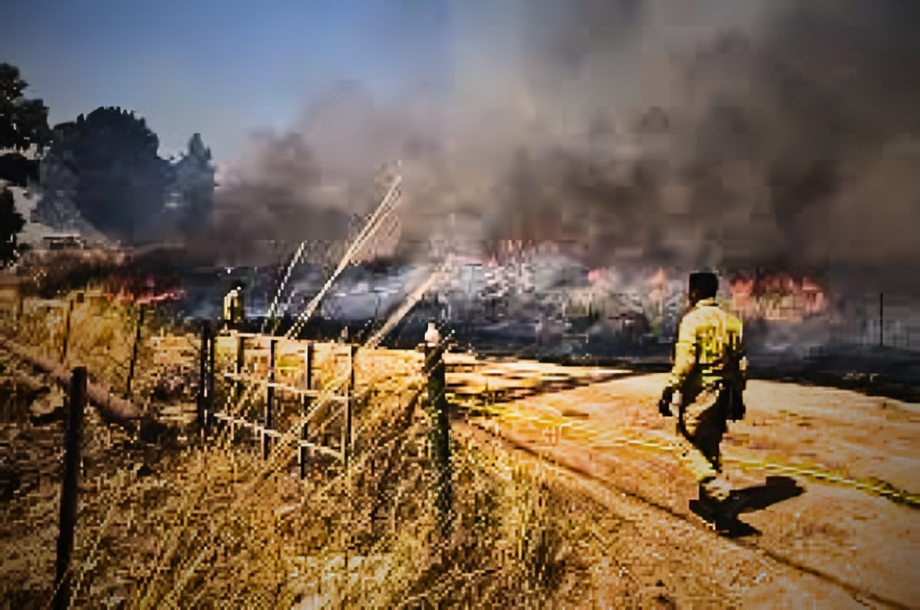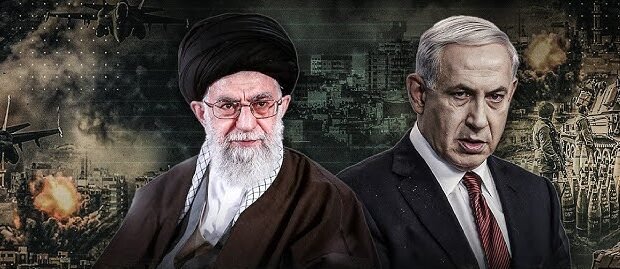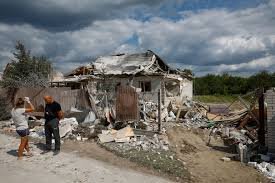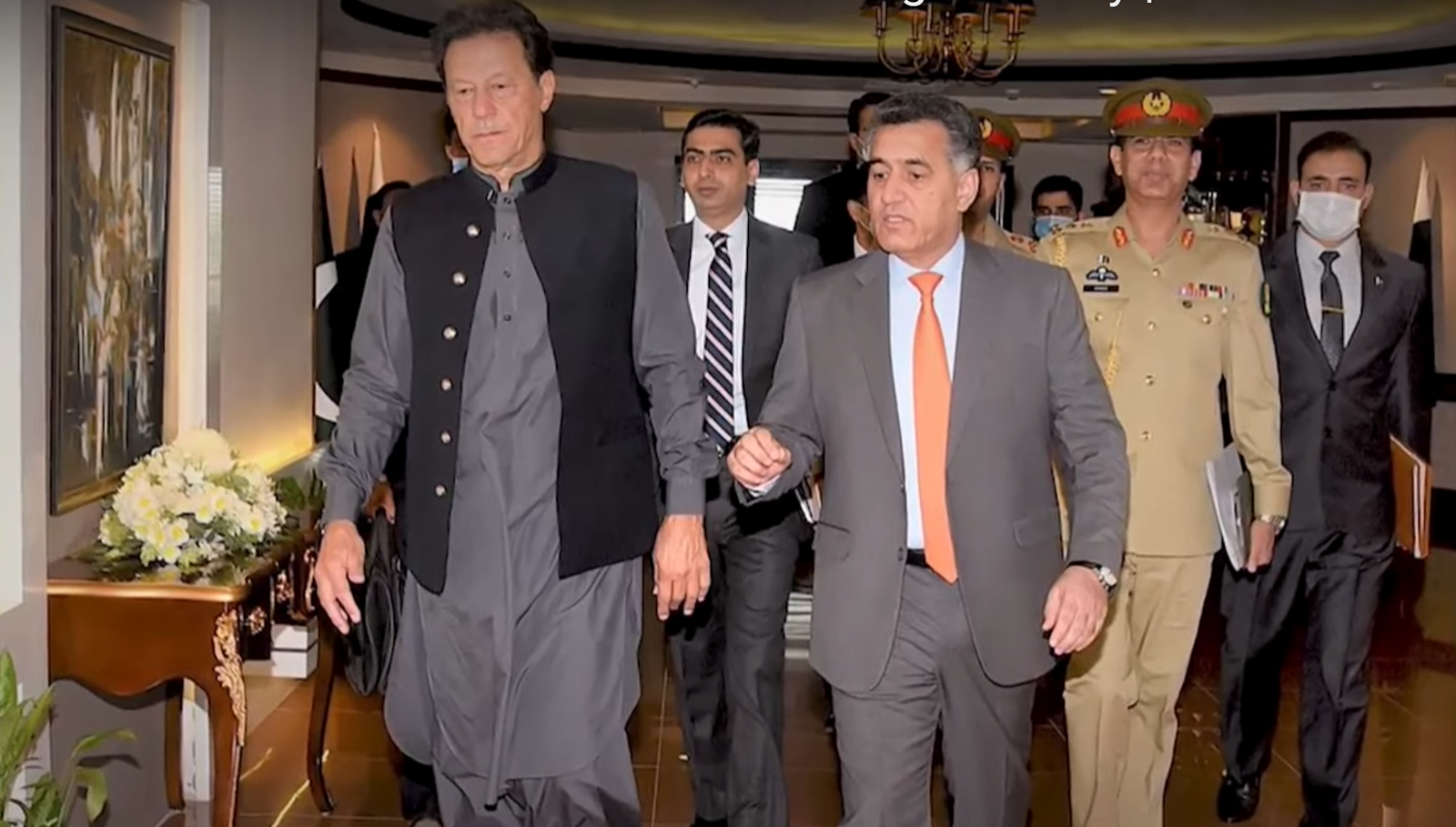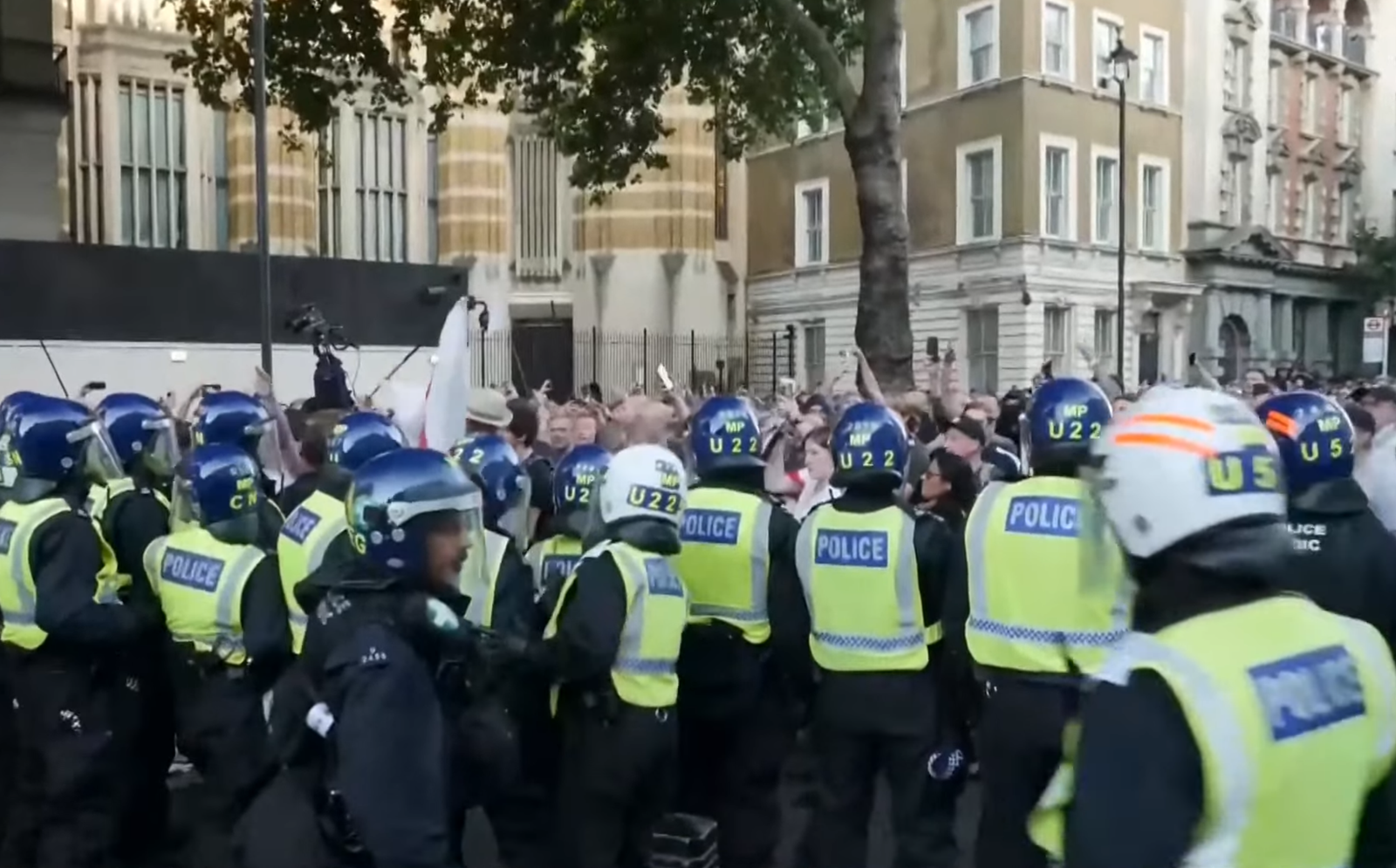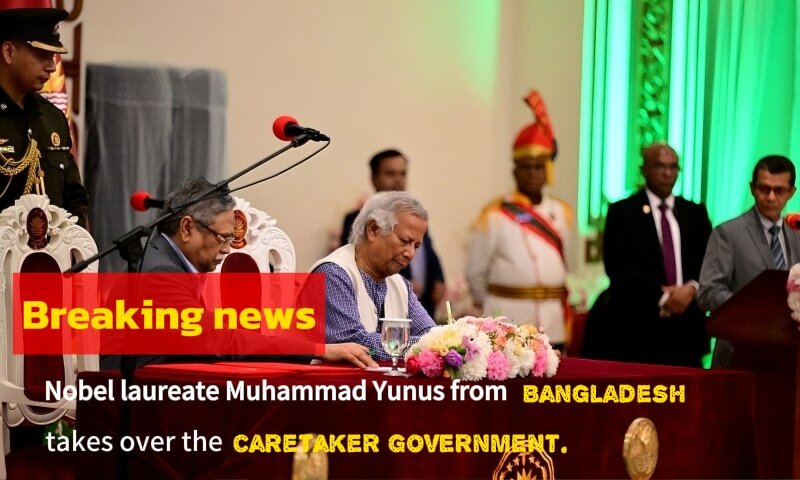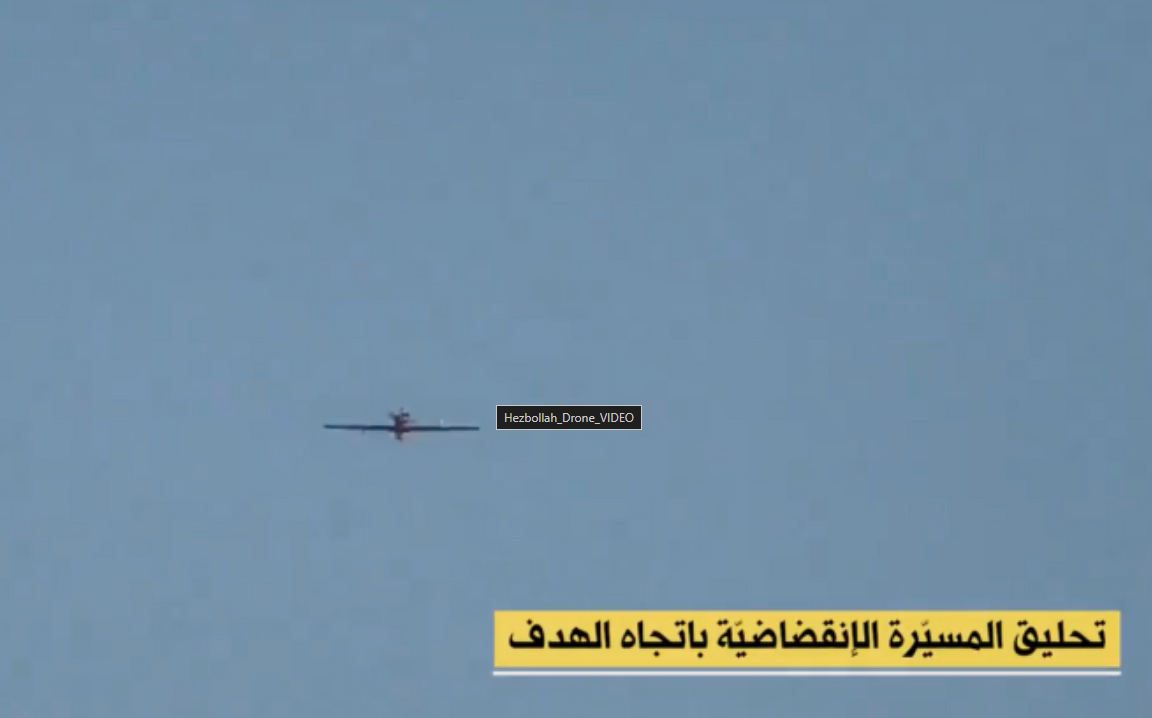
Hezbollah’s Failed Attempt to Track Netanyahu’s Whereabouts with Drones
An unidentified aircraft was reportedly detected by the radar system of an Israeli Navy missile boat patrolling off the Caesarea coast. It was reported by the Israeli newspaper Israel Hayom that the Lebanese group Hezbollah may have launched a drone with the intent to capture footage of Prime Minister Benjamin Netanyahu’s seaside residence in Caesarea, north of Tel Aviv.
It was initially believed by Israeli officials that Hezbollah could have been responsible for this reconnaissance attempt. The drone was thought to have been sent to gather visual data on Netanyahu’s whereabouts for future propaganda purposes. The detection of this aircraft prompted an immediate response, with fighter jets being scrambled to the area by the Israeli Air Force, despite the failure of other monitoring equipment to corroborate its presence.
The situation was later clarified by the Israeli army, which suggested that the drone detection could have been a false alarm. However, the possibility that a small unmanned aerial vehicle (UAV) was launched by Hezbollah to capture images of Netanyahu‘s residence was not entirely dismissed. The lack of visual confirmation left room for speculation, but the ongoing concern for Israeli security forces about such surveillance tactics remains.
This event was reminiscent of a previous operation by Hezbollah known as the “Hoopoe Mission.” Footage was released by Hezbollah’s military media last June, showing their reconnaissance drones flying over several Israeli cities, including Kiryat Shmona, Nahariya, Safad, Karmiel, Afula, and even Haifa and its port. Sensitive Israeli sites were exposed in the nine-minute video, with claims being made by Hezbollah that their drones had successfully bypassed Israeli air defenses and returned to Lebanon undetected.
Although the latest incident near Caesarea ended without confirmation of Hezbollah’s involvement, the ongoing tension and persistent efforts by Hezbollah to monitor Netanyahu’s whereabouts and other critical Israeli locations were underscored. Israeli officials remain vigilant, aware that such attempts, even if unsuccessful, highlight the ongoing threat posed by Hezbollah’s surveillance capabilities.







